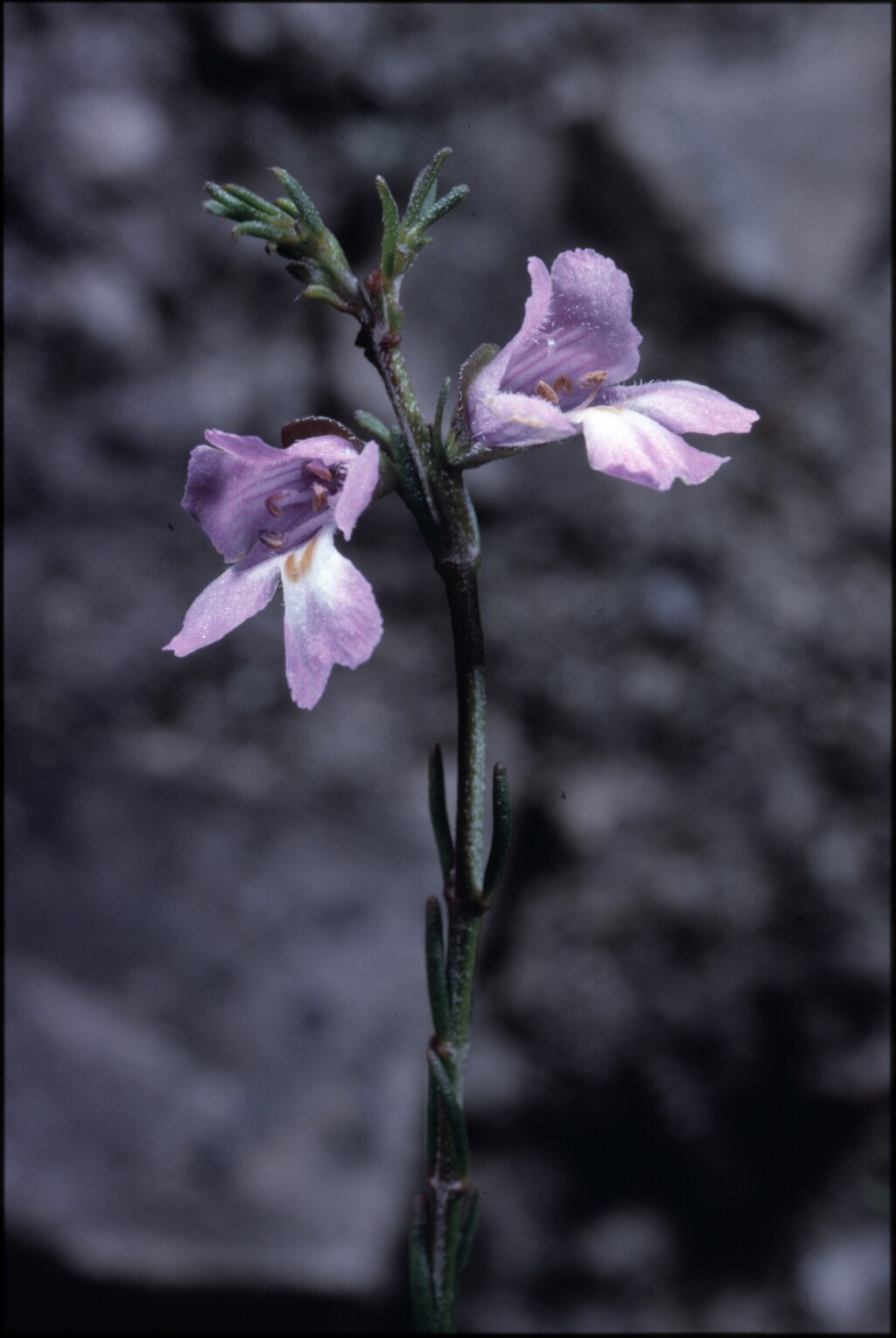Prostanthera saxicola var. bracteolata
Slender Mint-bushVictorian Naturalist 73: 199 (1957)
Taxonomic status
Accepted
Occurrence status
Present
Origin
Native
Degree of establishment
Native
Threat status
FFG:
Endangered (EN)


